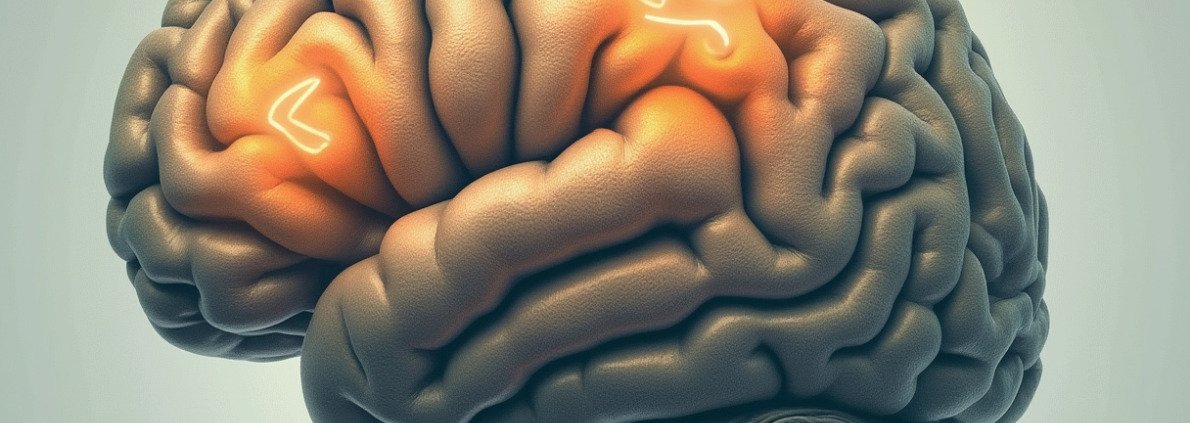Ketamine Impact on Brain: Top 5 Astonishing Effects
Ketamine impact on brain is a topic gaining significant attention from those seeking alternative treatments for mental health challenges. Known primarily as an anesthetic since its approval in 1970, ketamine is now being explored for its potential as a rapid-acting antidepressant, especially for those who have not found success with traditional therapies.
Here are some quick facts about ketamine’s impact:
- Anesthetic Roots: Originally used in surgery due to its ability to maintain respiratory function while providing pain relief and amnesia.
- Antidepressant Effects: Research highlights ketamine’s promise in treating depression and anxiety, often showing effects within hours.
- How It Works: Ketamine acts on NMDA receptors in the brain, influencing neurotransmitter systems involved in mood regulation.
Researchers have focused on key brain regions, such as the prefrontal cortex and hippocampus, to understand how ketamine can quickly alter the brain’s pathways to reduce symptoms of depression and anxiety. This unique mechanism, potentially enhancing neuroplasticity, offers hope for rapid relief.
In summary, ketamine is much more than just a party drug or a veterinary anesthetic. Its impact on the brain shows promise in addressing mental health disorders, making it a crucial subject for those exploring new treatment avenues.

Ketamine’s Mechanism of Action
Ketamine works its magic primarily through NMDA receptors in the brain. These receptors are part of the glutamatergic system, which is crucial for learning, memory, and mood regulation.
NMDA Receptors and Glutamatergic System
When ketamine is introduced into the system, it blocks NMDA receptors. This action is significant because it disrupts the usual flow of glutamate, a key neurotransmitter. This disruption leads to a temporary increase in glutamate levels, which then activates other receptors called AMPA receptors.
- NMDA Blockade: By blocking NMDA receptors, ketamine reduces overactivity in the brain, which is often linked to depression and anxiety.
- Glutamate Surge: The increase in glutamate facilitates better communication between neurons, enhancing brain function.### Synaptogenesis: Building New Connections
One of the most exciting effects of ketamine is its ability to promote synaptogenesis. This means it helps the brain form new synapses, or connections between neurons.
- Synaptic Plasticity: This process allows the brain to adapt and reorganize, which is crucial for learning and memory. It is believed that this improvement in synaptic plasticity contributes to ketamine’s rapid antidepressant effects.

Why It Matters
The ketamine impact on brain is profound because it offers a new way to treat depression and anxiety. Traditional antidepressants can take weeks to show effects, but ketamine can provide relief within hours. This rapid action is particularly important for individuals with treatment-resistant depression.
Researchers continue to explore how ketamine’s influence on NMDA receptors and the glutamatergic system can be harnessed for therapeutic purposes. Its ability to foster synaptogenesis makes it a promising candidate for further studies in mental health treatment.
Let’s now explore the **dissociative effects and











